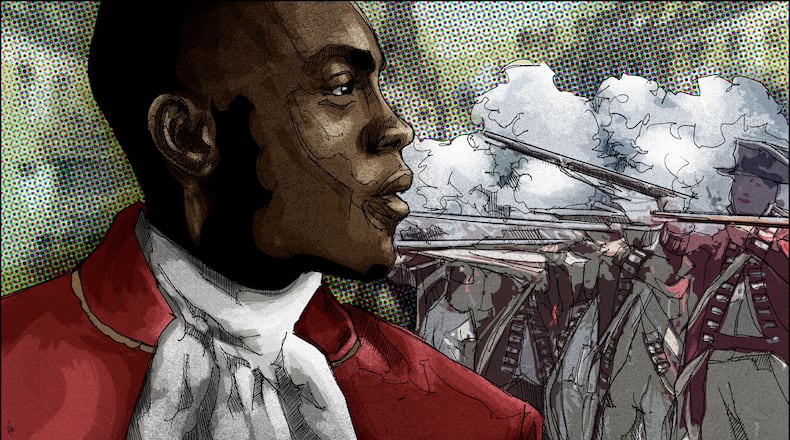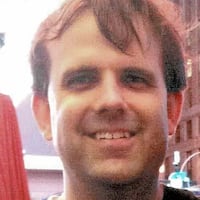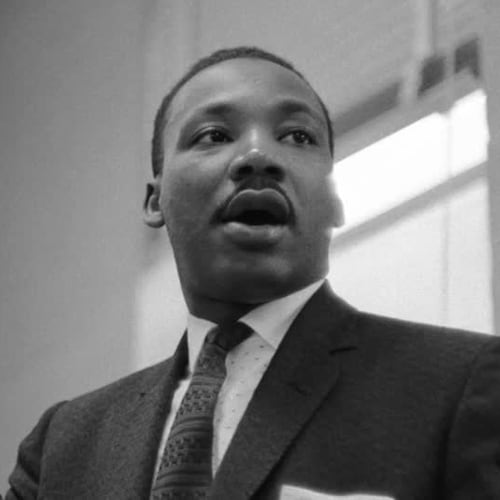The story of Crispus Attucks shows how, from the earliest days of the American independence movement, people of color like Attucks, James Lafayette and Peter Salem played roles in the founding of the United States.
In the case of Attucks, however, questions remain on the nature of his exact role. Historians remain divided on whether he was a hero and a martyr, or a rabble-rouser whose actions led to the Boston Massacre.
Attucks remains best known as the likely first person to have been killed in the American Revolution. He was shot and killed in March 1770 during the Boston Massacre, according to the Journal of the American Revolution.
Attucks was born into slavery, likely in 1723 in the town of Framingham, Massachusetts, according to town histories. Records indicate his father was African and his mother was an indigenous American, likely a Wampanoag, according to the Crispus Attucks online museum maintained by the University of Massachusetts.
Sometime during his 20s, Attucks escaped slavery and fled to an area somewhere on the Atlantic coast, where he became a sailor and a whaler.
Much of Attucks’ background remains unknown and his legacy wavers on all matter of questions.
During his lifetime, Attucks was variously referred to as either a runaway slave or a free man, with his exact position during the Boston Massacre unknown to his peers.
Credit: Library of Congress
Credit: Library of Congress
And there remain questions whether Attucks was a hero and a patriot during the Boston Massacre, or a leader of the agitated American civilians who started the fight, according to newspaper accounts of those days. Some historians believe the massacre started as a result of disputes between local and British seamen over jobs in the docks or on ships.
It was a tense atmosphere at the time between British soldiers and American colonists in Boston, with England attempting to retain control of the colonies, while Americans struggled to gain more autonomy.
Lawyer John Adams represented the British soldiers accused of shooting Attucks. During the soldiers’ murder trial, Adams made him a scapegoat. Adams, who became the second American president, successfully defended the British soldiers and, during the court proceedings, Adams described Attucks’ supposed “mad behavior” as a cause of the shooting.
Later appraisals of Attucks’ role were much more generous toward his contributions to American independence. Abolitionists established Crispus Attucks Day to commemorate him, now officially recognized by the city of Boston. An 18th century lithograph owned by a Boston historical group shows Attucks as the victim of a brutal beating, a far cry from the lead scoundrel responsible for a massacre.
On the whole, history has been kind to Attucks. He has at least two high schools named for him, in Indianapolis and Hopkinsville, Kentucky. Several elementary and middle schools bear his name, as do public parks and city streets. A theatre in Norfolk, Virginia, that was financed, designed and built by Black entrepreneurs in 1919, is also named for Attucks.
Attucks is routinely mentioned in articles and history books as one of several Black people who played important roles in the American Revolution, such as James Lafayette, who served as a spy for American leaders, and Peter Salem, who served as a soldier during the war.
Credit: Library of Congress
Credit: Library of Congress
Attucks has been lauded in literature, pop music and visual art. Martin Luther King Jr. named Attucks as a man of moral courage in the introduction to his 1964 book “Why We Can’t Wait.” Stevie Wonder names Attucks in his song “Black Man.” Artist William H. Johnson in 1945 painted a scene of the Boston Massacre that shows Attucks lying on the ground after the attack.
Then there is the Boston Massacre Monument, also known as the Crispus Attucks Monument. Located in the Boston Common public park, the 35-foot-tall sculpture lists the names of Attucks and four other men who were killed by British soldiers during the massacre.
But, like other remembrances of Attucks’ life, not everyone agreed on his exact role. When the Boston monument was dedicated in 1889, two groups, the Massachusetts Historical Society and the New England Historic Genealogical Society, publicly stated their opposition, saying Attucks was a villain.
Hero or villain, Attucks name remains today at the top of the Boston Massacre Monument to commemorate his role as the first person to die in the American Revolution.
About the Author
The Latest
Featured





